When you’re customising your Linux install or choosing a distribution, the desktop environment is a key decision. There are tons to choose from, all with different benefits and features. There may be no one single “best” choice, but this week we’re looking at five of them, based on your nominations.
Title photo by okubax. Ubuntu photo by Максим Пе
Note that we’re talking desktop environments here, not distributions. Many distributions come with a bundled desktop environment, but part of the beauty of Linux is that it’s easy to switch to another environment if you wish.
GNOME Shell
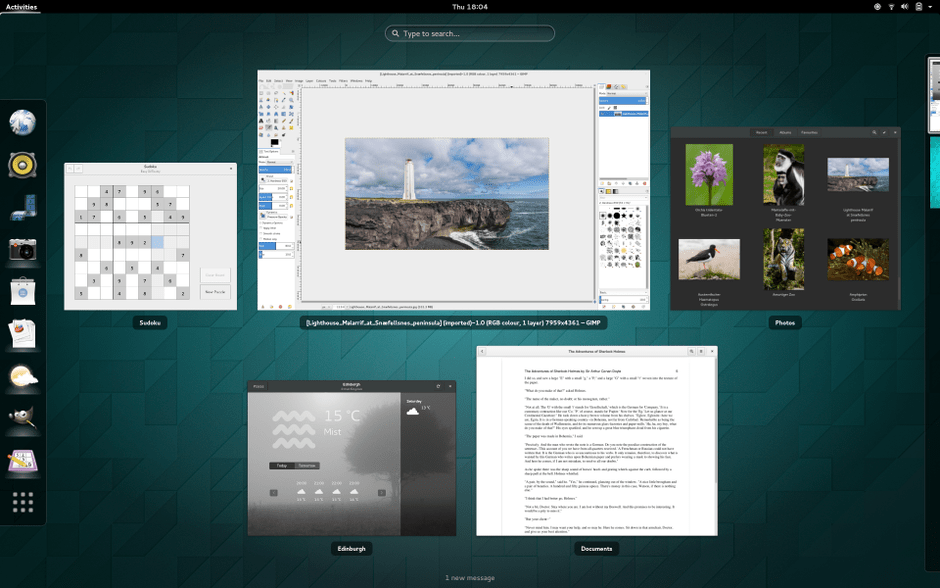
GNOME is one of the oldest Linux desktop environments, and certainly one of the most popular. GNOME — specifically GNOME Shell, the most recent iteration of the platform — has been designed to be easy to use, modern looking and attractive, and simple to customise and personalise. The switch between GNOME 2 and GNOME Shell (the UI in version 3) upset many users, with several preferring the flatter, classic look of the original and others preferring the more modern and less dated look of the most recent iteration.
Either way, GNOME Shell has all the features you would expect, including a customisable application launcher, a top menu and status bar, system-wide search in the form of Dash, a manager for windows, files and apps, and a notifications tray. It offers window “snapping” similar to Windows 7’s Aero Snap, support for touchpads and multi-touch gestures, and lots of extensions and system add-ons, widgets, and shell themes thanks to its broad adoption and huge user community. Even if you don’t prefer GNOME Shell, countless other desktop environments are based on previous iterations of GNOME, so you’re likely using it as a bedrock for your preferred environment in some form or fashion.
Cinnamon
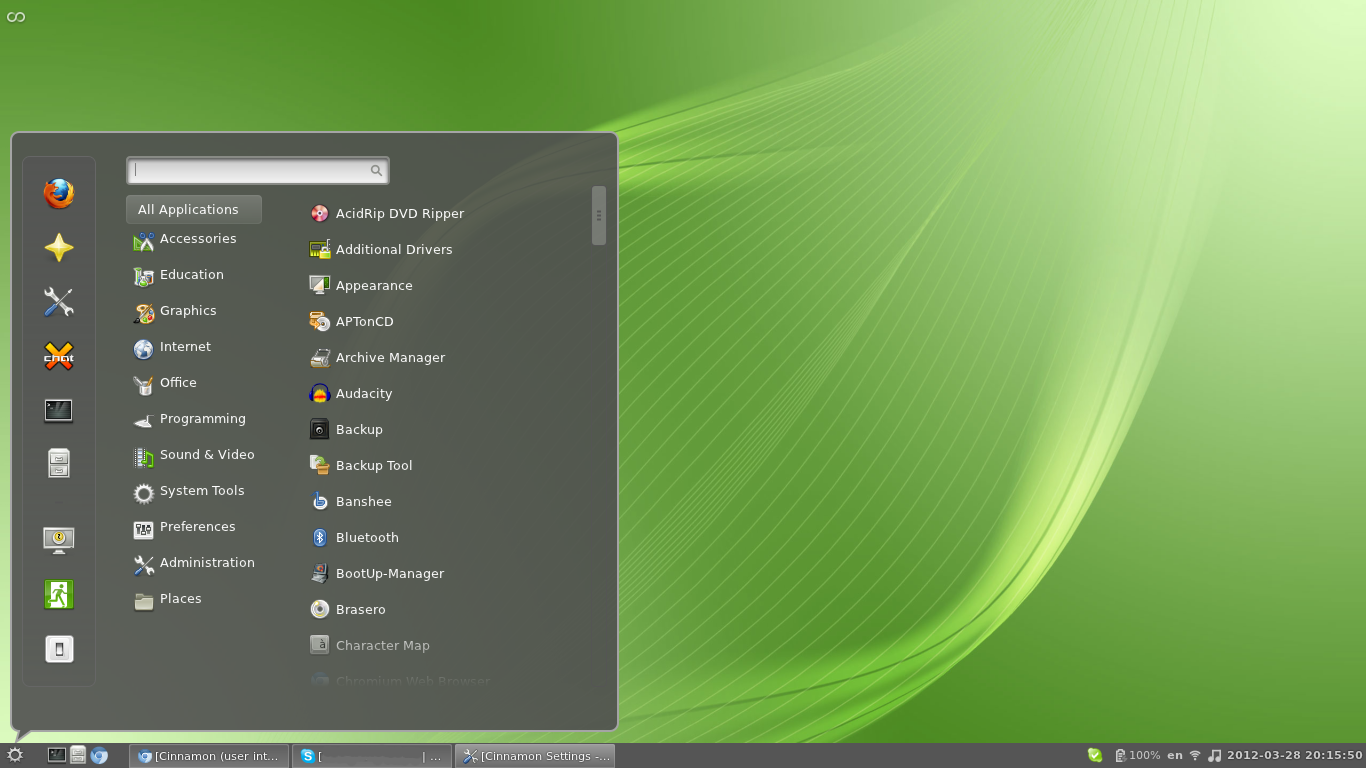
Originally developed as part of Linux Mint and a fork of GNOME Shell, Cinnamon grew into a desktop environment that’s portable, good looking, feature-rich and compatible with just about every popular Linux distro. It’s based on the GTK+ 3 toolkit, and compatible with its original home, Linux Mint, and other distros like Arch and Fedora. Cinnamon has been praised for bringing a very Windows-like UI to Linux, which opens the door to users who may be intimidated by the unfamiliar look and feel of other distributions and their interfaces.
You get a customisable, easy-to-use menu from which to launch applications, and a bar across the bottom to switch between apps, and a tray that shows you running applications in the background. Beyond that, Cinnamon offers customisable interface elements like that application menu that are movable around the screen, as well as customisable applets, desktop extensions and themes. It’s simple and elegant, although certainly not for everyone.
Xfce
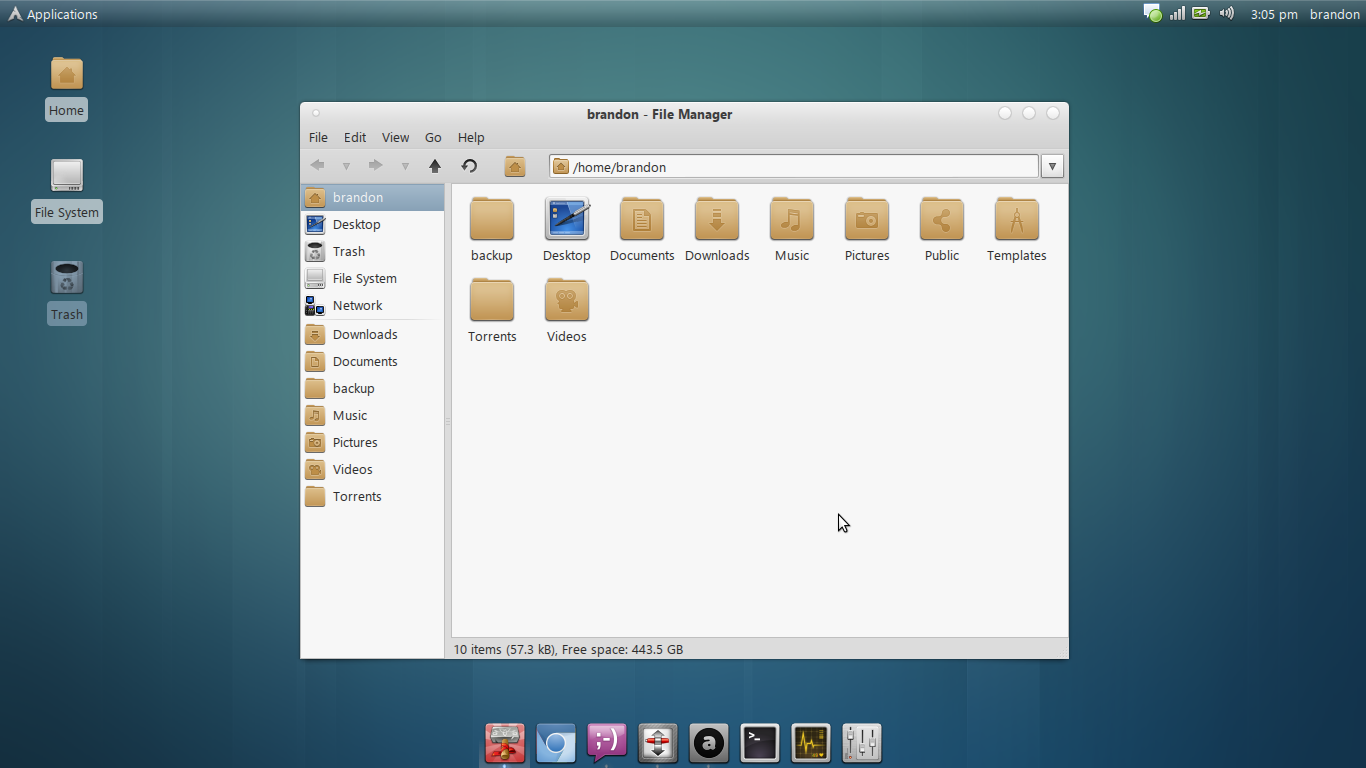
Xfce is a lightweight desktop environment that’s based on GTK+ 2, and built for Linux, Solaris and BSD-based systems. It’s fast, flexible, actively updated, and designed to be light on system resources. That doesn’t mean that Xfce is barebones though — it’s anything but. The UI is sharp, modern and easy to use.
Xfce comes with all of the basic features you’d want in a desktop environment, including a panel for managing system settings and tweaks, window and desktop managers, a simple file manager, and an application launcher. Xfce is slim enough that you can load it up with your own customisation elements to add to or replace the built-in ones and still wind up using less resources than some other DEs. Several distros use Xfce as the default, including Xubuntu, Manjaro Linux and Mythbuntu. Even where it’s not the default, it’s available as an option.
KDE
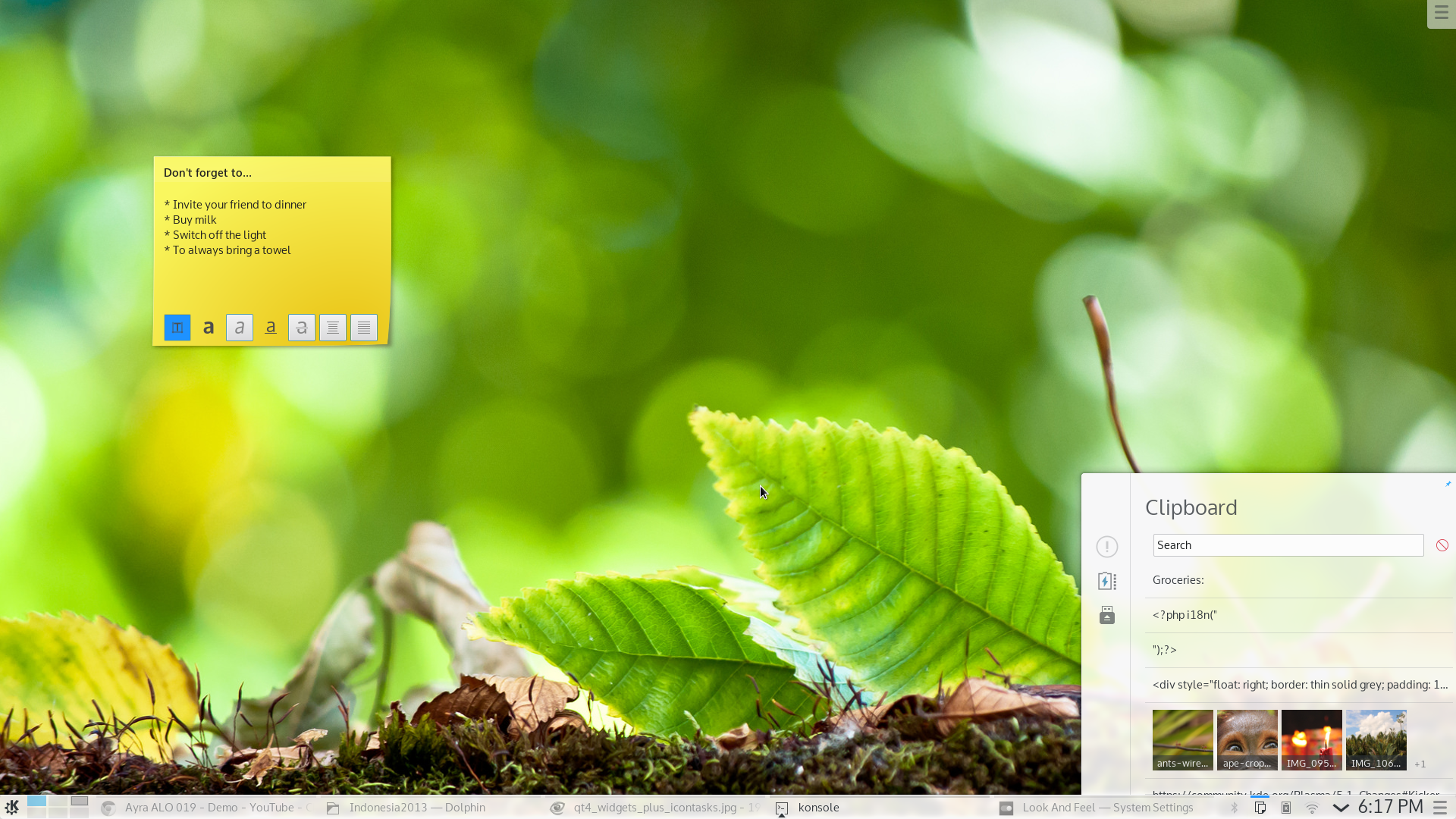
KDE is actually a collection of applications called the KDE Software Compilation, of which the desktop environment is just one. The original desktop, first called the K Desktop Environment back in the day, was designed to give Linux desktop applications and tools a unified look and feel, as well as to make them easier to use. KDE uses the Qt framework.
One of the best things about KDE is that not only do you get a desktop environment when you use it, you also open the door to an entire OS’s worth of additional applications, utilities and tools that play nicely with the DE, work in the Qt framework, and are equally easy to install and regularly updated. The current iteration of the DE, “Plasma”, has variants for fully-featured systems where you want a more traditional interface, and a small-screen version for netbooks and other lightweight uses. KDE looks great, offers an extremely polished experience, and doesn’t skimp on the customisation and personalisation aspects. From widgets to whole themes, you can make KDE your own fairly easily, and the fact that there’s a massive development and enthusiast community behind it doesn’t hurt either.
Unity

Unity is a graphical desktop environment based on GNOME Shell. It was developed by Canonical specifically for use with Ubuntu Linux, and debuted in a netbook/lightweight version of Ubuntu before making its way to the desktop version. Unlike other DEs, Unity isn’t a collection of applications or tools designed to complete a user experience — instead it’s designed to be an interface that work with whatever other applications you download and install, and makes those applications easier to find.
Unity is controversial — many people consider it bloated and slow, others consider it a beautiful and polished user experience. Part of Unity’s allure is that it provides a single user experience that works just as well on keyboard/mouse, touchscreen, and touchpad environments. It comes with its own integrated desktop search tool and launcher called Dash; Unity Preview, which is similar to OS X’s QuickLook, offers a top menu bar and a launcher along the left side of the screen, and integrated application finder, and built-in web search. Even so, Unity’s interface and design has turned off a number of users, and it remains an environment used largely by Ubuntu users, with elements of it available in other distributions, but none of them officially supporting Unity entirely.
This week’s honourable mention goes to MATE. People who loved GNOME Shell 2 (or didn’t like the direction GNOME took with version3) will love MATE — it’s a continuation of what made those old versions of GNOME great, and offers a good-looking, easy-to-use and richly-featured desktop environment for modern Linux users.
Want to make the case for your personal favourite desktop environment, even if it wasn’t included in the list? Tell us why you chose it in the comments.
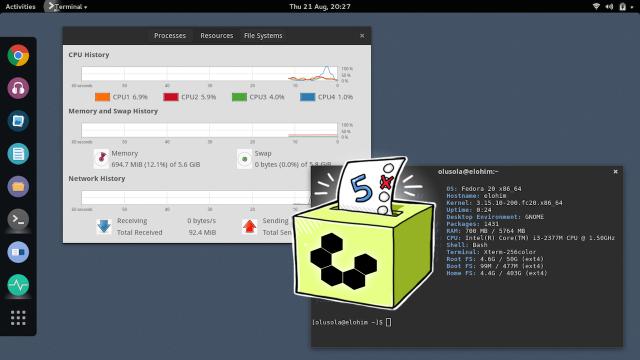
Comments
2 responses to “Five Best Linux Desktop Environments”
The reason Gnome 3 upset many (myself included) is not directly because of aesthetics, but because it removed a lot of the customisation that was possible with Gnome 2.
I use MATE now (surprised you have the ancient Xfce instead of this in the list) but if Gnome 3 could be customised like Gnome 2 I’d be using that instead.
If you want customization, KDE is the best. It’s a lot more lightweight than it used to be.
MATE gets an honourable mention at the end of the article.
I have to say using Unity with the Numix theme really does make it look amazing, probably the best for aesthetics I’ve seen, Cinnamon is next best and then KDE
No love for Enlightenment? E19 puts these all to shame…